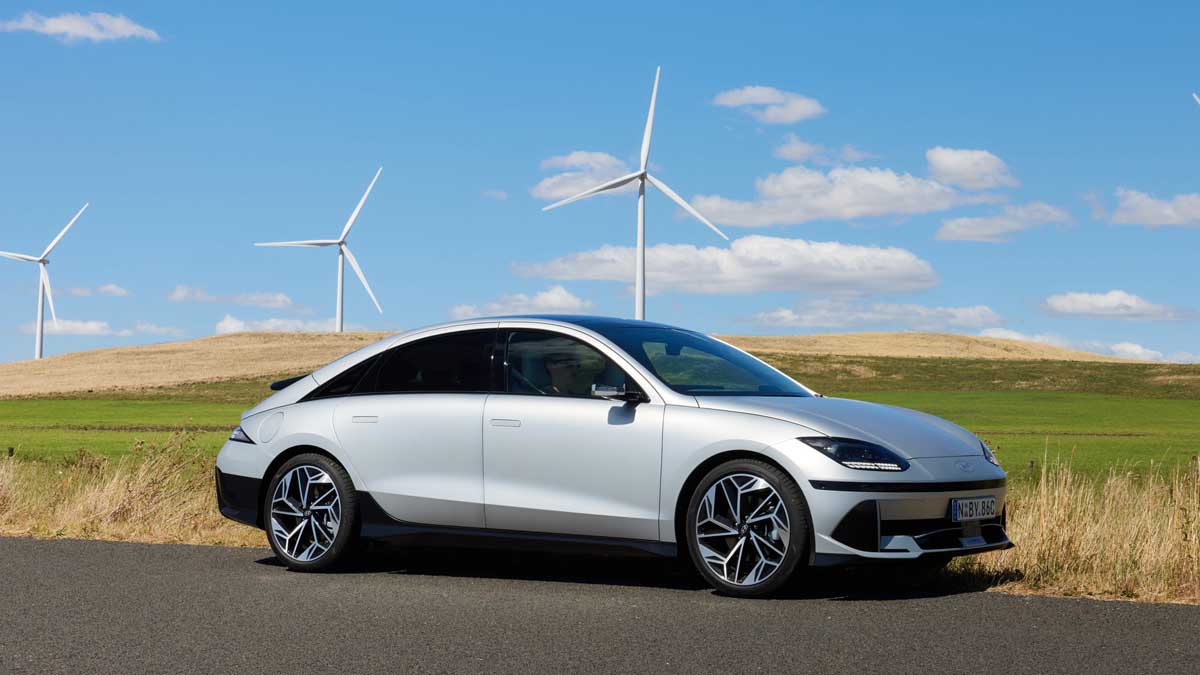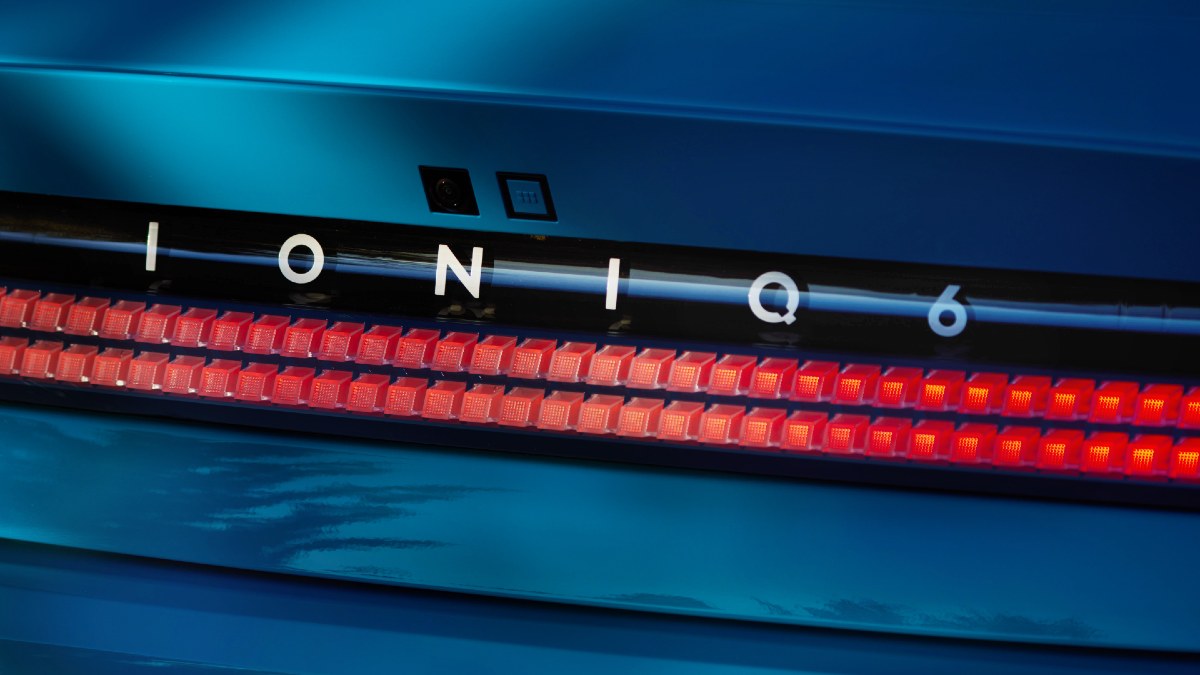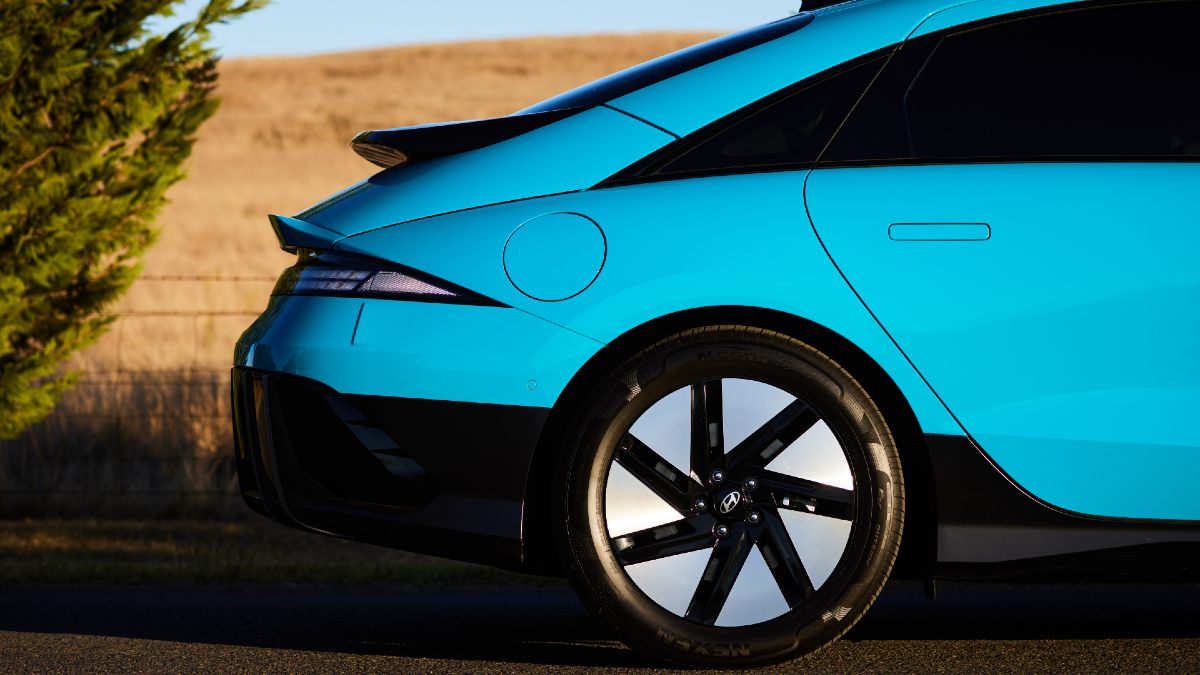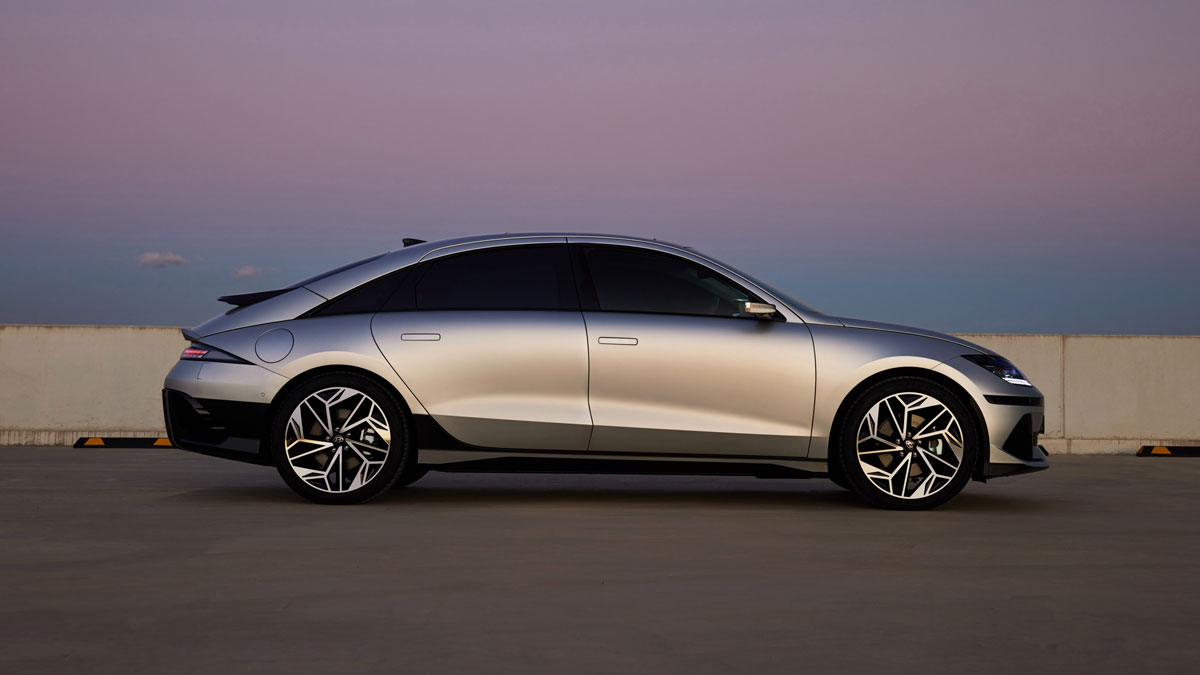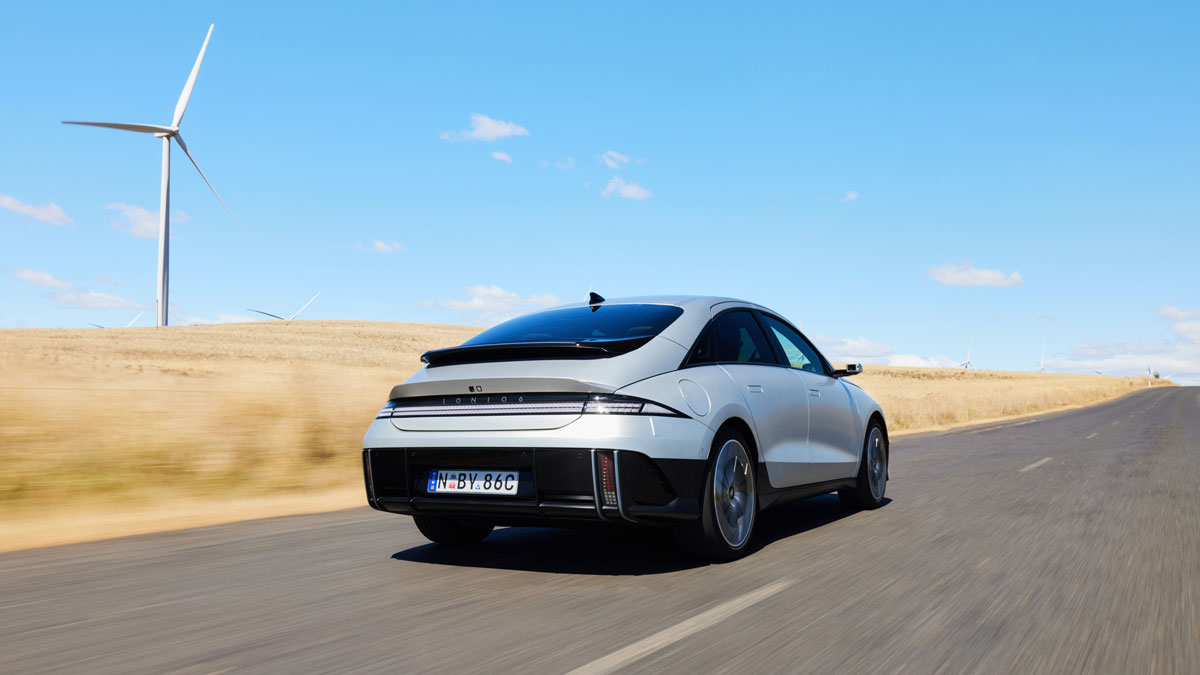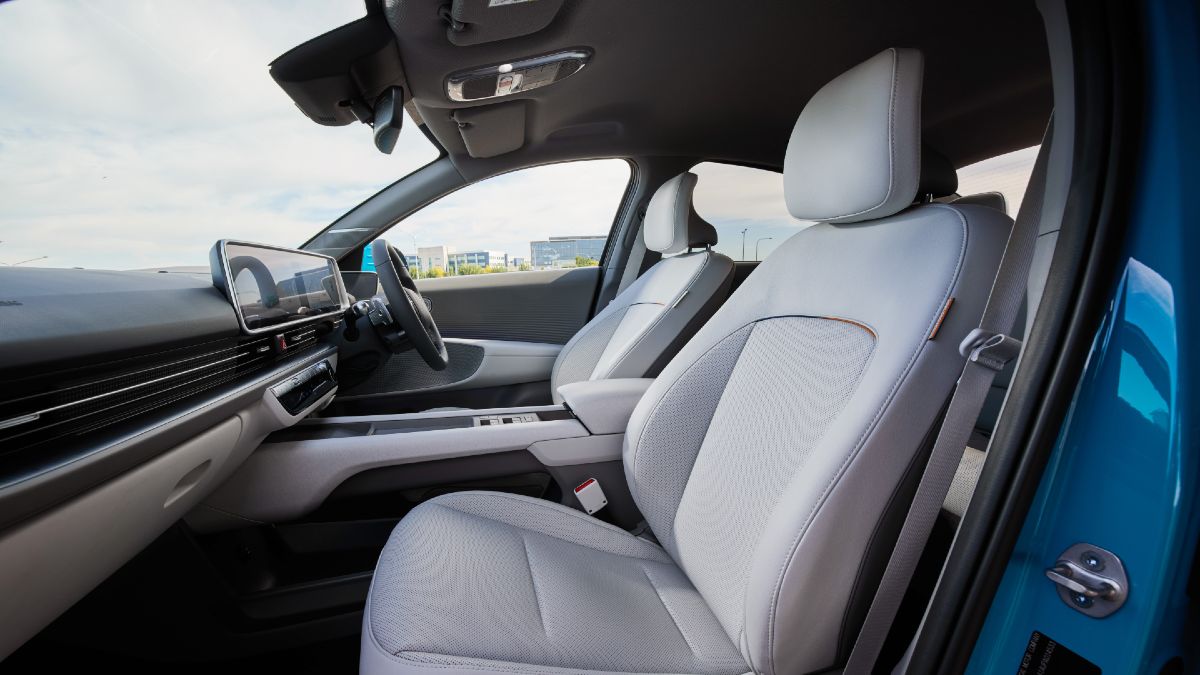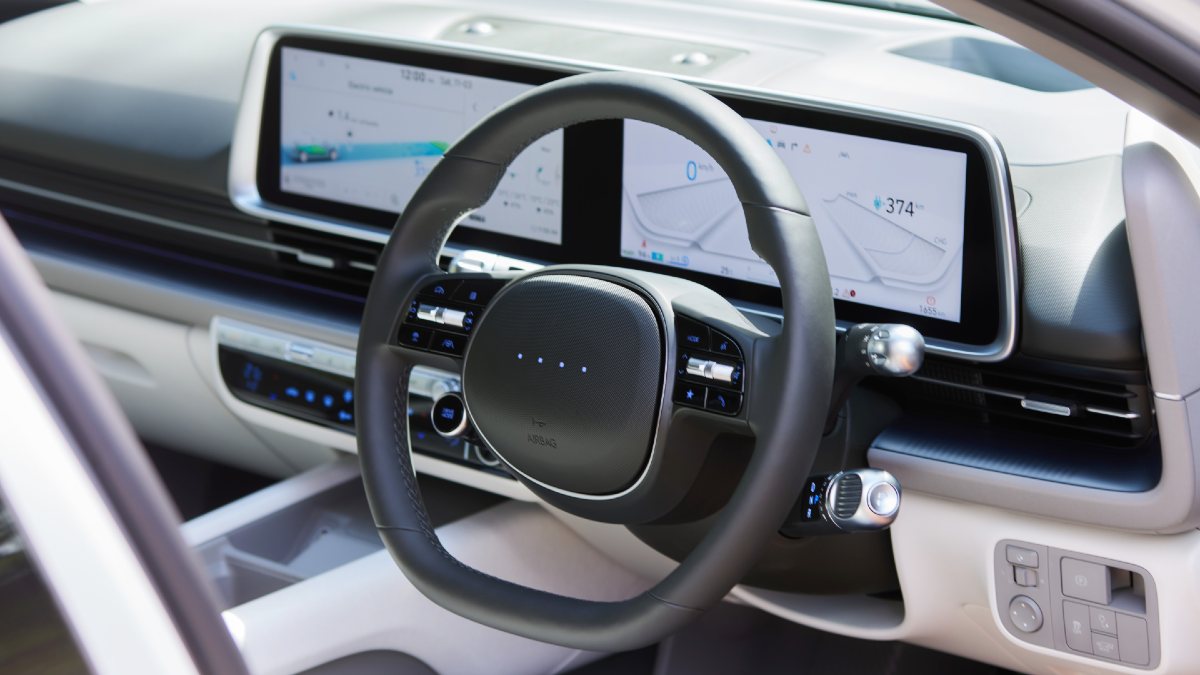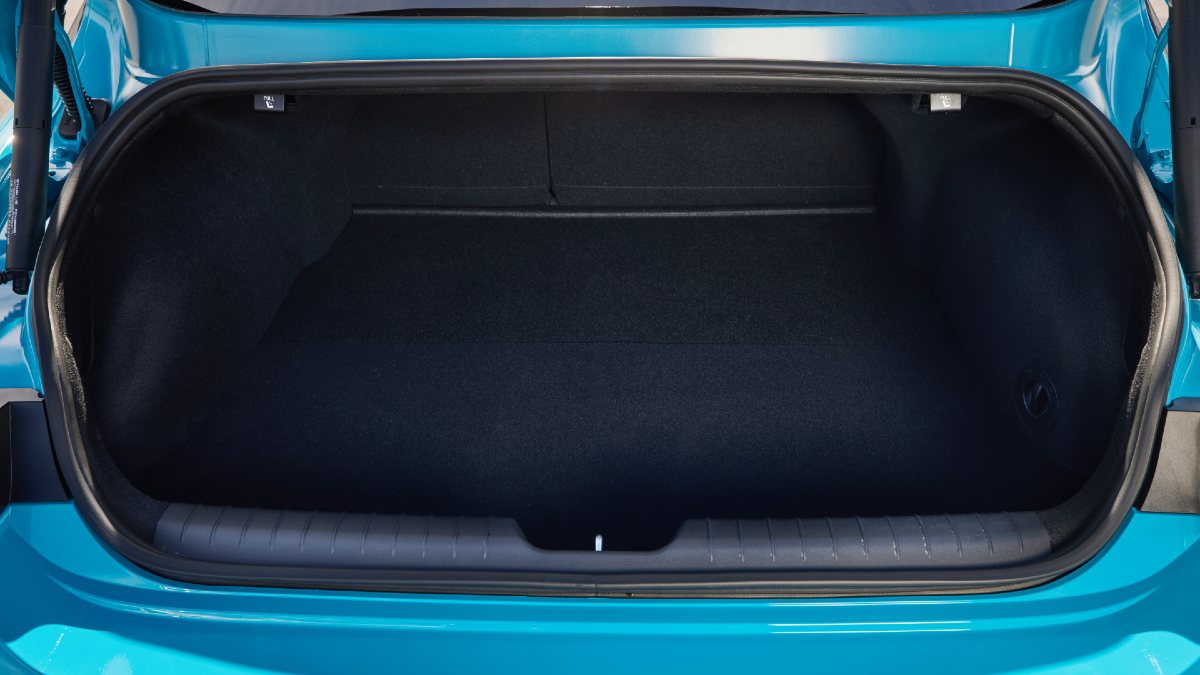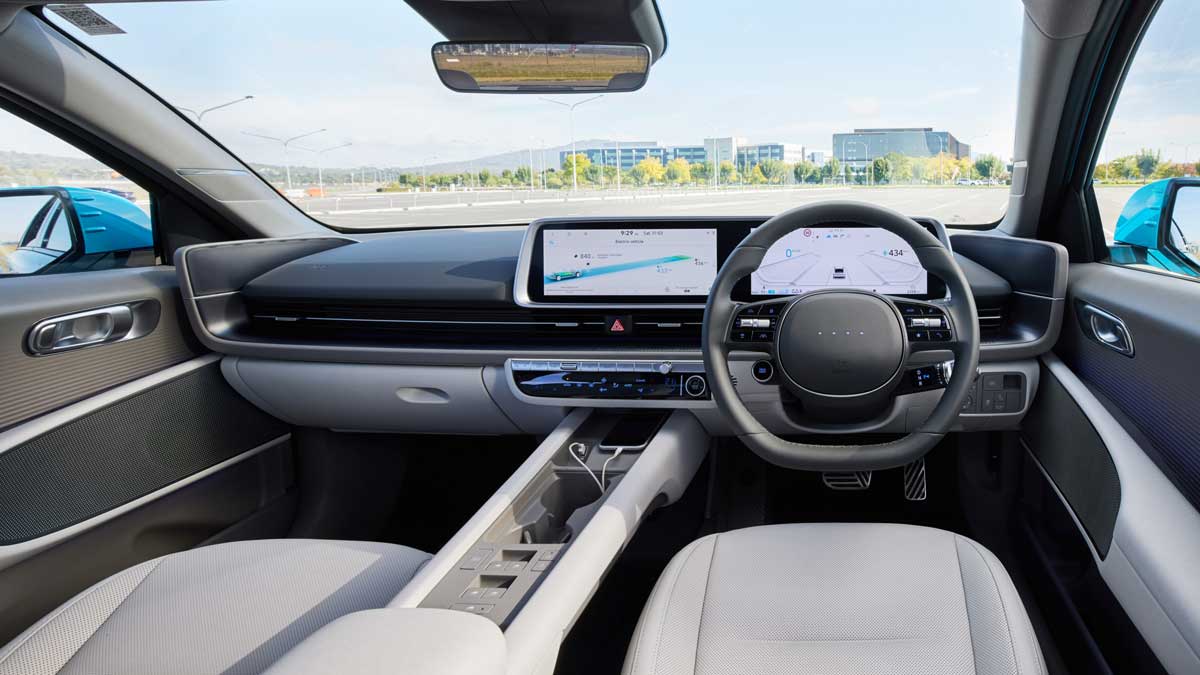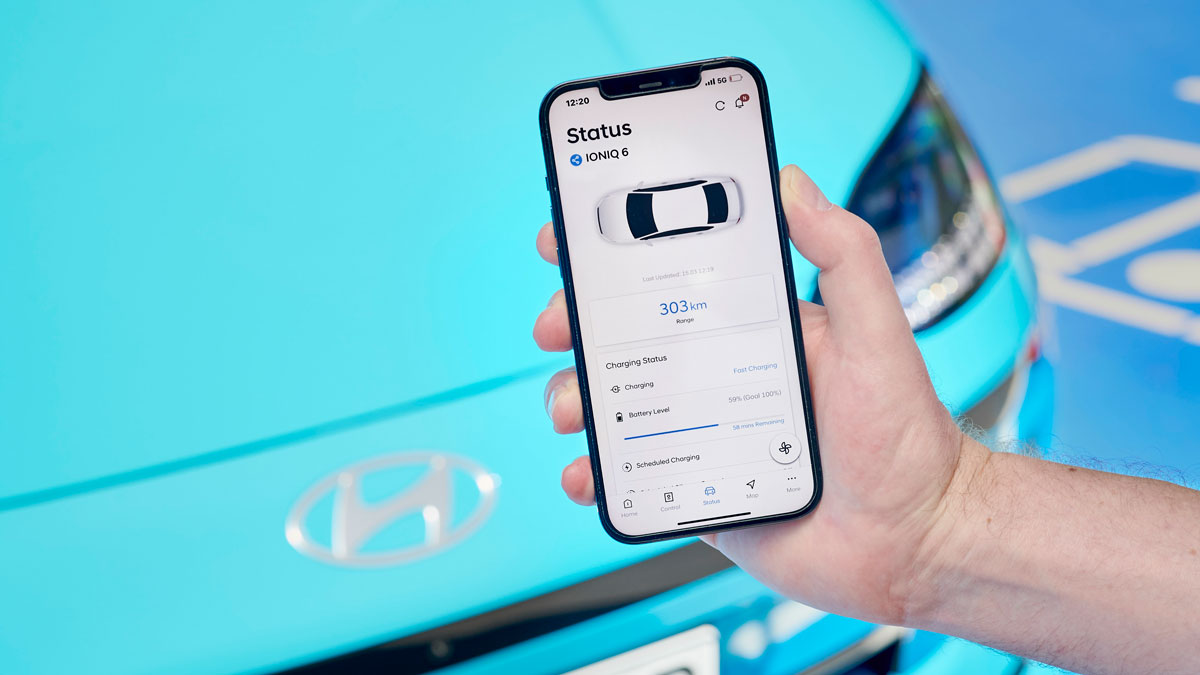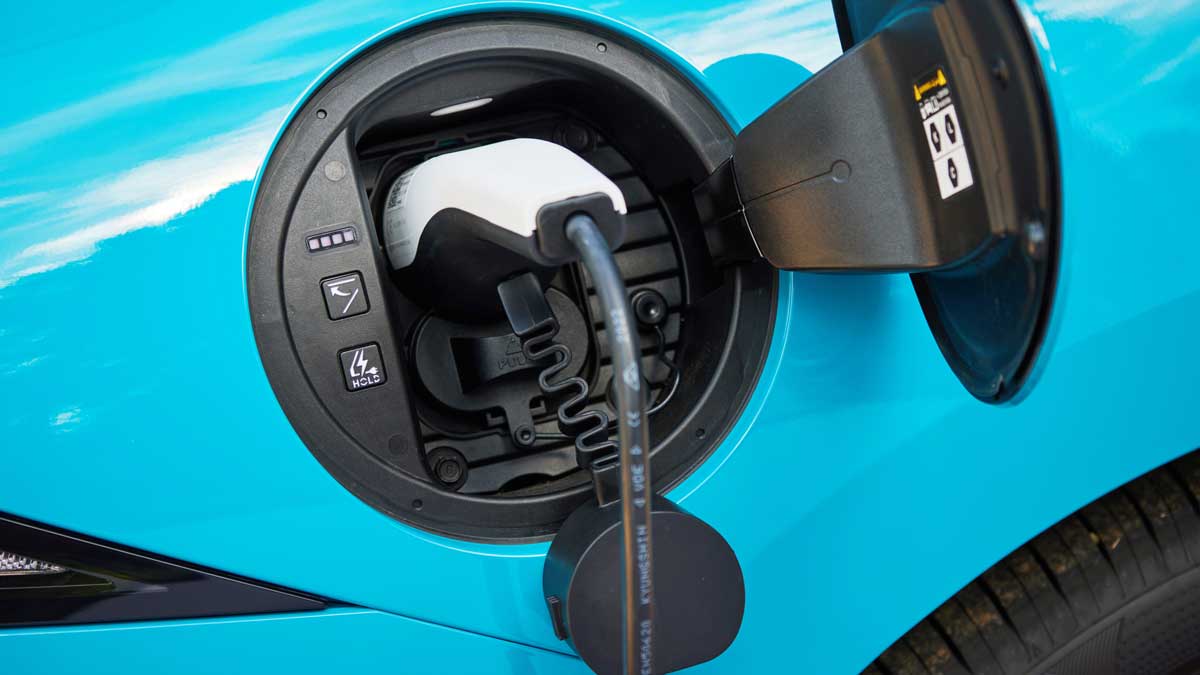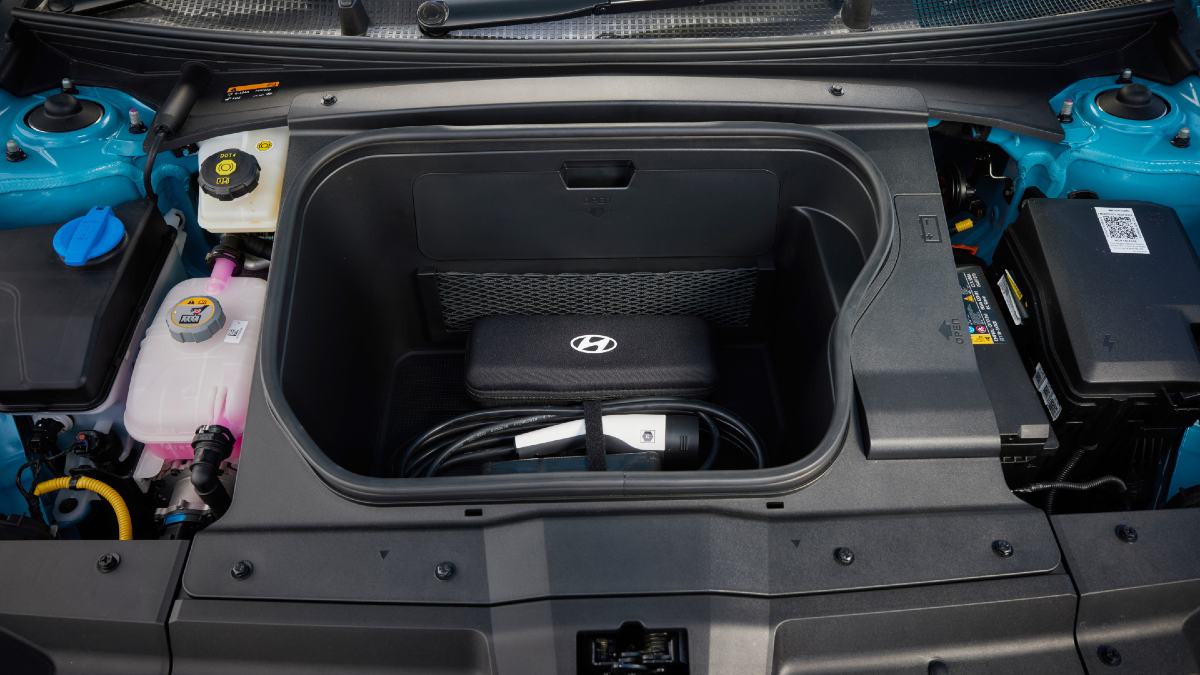The ninth-generation Toyota HiLux has arrived, bringing with it a futuristic forward exterior design, more safety and tech and the same rugged capability owners love. Will the updates tempt private buyers away from the Ford Ranger or are they just enough to keep fleets onside?
2023 Hyundai Ioniq 6 review: can this EV sedan challenge the Tesla Model 3?

Hyundai’s expansion into battery electric vehicles is continuing with the launch of the Ioniq 6 sedan in Australia.
Dubbed an electric streamliner by Hyundai in recognition of its curved wind-cheating profile, the Hyundai Ioniq 6 is the second model from the Korean giant’s electric vehicle sub-brand.
While it looks nothing like the boxy Ioniq 5 SUV that came before it, the Ioniq 6 does share its fundamental hardware, software and powertrains.
What also separates them is price, efficiency and intent. The Ioniq 6 is a bit more expensive, has a longer range and is a lot more sporting in its driving set-up than the Ioniq 5.
On this page
- Pricing and models
- Safety equipment
- Interiors and design
- Battery power, charging and efficiency
- Performance and handling
Hyundai Ioniq 6 pricing and models
There are three models in the 2023 Hyundai Ioniq 6 line-up; the $74,000 Dynamiq, the $83,500 Techniq and the $88,000 Epiq flagship. All prices are before on-road costs.
That pricing means the Hyundai Ioniq 6 starts about $10,000 more than the Tesla Model 3 sedan. That’s disappointing because in many ways it compares well with the market leader.
Unlike the Tesla, the Ioniq 6 is also in limited supply in Australia with just 1300 headed our way in 2023.
Its pricing means the Hyundai Ioniq 6 misses out on all state-based electric vehicle rebates and the Epiq is too expensive to qualify for the federal government’s new FBT exemption.
The Dynamiq has only a single e-motor powering the rear wheels, while the Techniq and Epiq have an e-motor sitting on each axle to provide more power, torque, performance and all-wheel drive.
All Hyundai Ioniq 6 models get dual-zone climate control, powered front seats with heating, eco-leather trimmings, dual digital screens for infotainment and instrumentation, Apple CarPlay and Android Auto connection (but only via cable not wireless) and wireless smartphone charging.
There are also some new features here. The Ioniq 6 is the first Hyundai to be capable of over-the-air (OTA) upgrades or fixes, which means not having to go to a workshop and plug your car in for navigation refreshes or other improvements, updating the car much like a smartphone or tablet.
It’s also the first Hyundai EV to have the Bluelink connected car system and smartphone app that allows you – among many other things - to start your car and its climate system remotely, find it in a crowded car park and even take snapshots of the vehicle surrounds via the 360-degree camera.
New two-colour ambient interior lighting can be adjusted through six themes to reflect your mood and can change intensity as road speed varies.
Move up through the range and there are more features added. Both AWD models swap from 18-inch to 20-inch tyres and from eco rubber to Pirelli P Zeros, gain a full width powered sunroof and better front seats with ventilation.
The Epiq alone adds digital side mirrors that display imagery on screens tucked into either end of the dashboard, a heat pump for more efficient cabin climate control and battery conditioning for faster DC charging.
The only option is matte paint for $1000. There’s no spare tyre only a mobility kit. Nor do you get a charging or wallbox included in the deal, which seems a bit of a miss at these prices.
The Hyundai Ioniq 6 comes with a five-year/unlimited kilometre warranty and an eight-year/160,00km high-voltage battery warranty.
Service intervals are every 24 months and 30,000km, reflecting the reduced maintenance requirements EVs need compared to petrol or diesel vehicles. The scheduled service charge for each of the first two visits is $560.

The Epiq is one of three Hyundai Ioniq 6 model grades. Image: Supplied
Hyundai Ioniq 6 safety equipment
The 2023 Hyundai Ioniq 6 comes with a five star ANCAP independent safety rating based on the latest protocols. It also gets seven airbags including a front-centre airbag to avoid head knocks.
It backs that up with a comprehensive array of sophisticated driver assist systems that try and prevent collisions when you are driving forward, reversing, turning or parking.
It’s also the first Hyundai sold here with Intelligent Front Lighting that adjusts the dual projector LED light beam to avoid blinding oncoming traffic.
The Hyundai Ioniq 6 also monitors the driver for tiredness, passengers to make sure they don’t step out into traffic and tells you when the vehicle in front at a stoplight moves off.
But the Hyundai Ioniq 6 lets itself down with over-zealous warning chimes any time the speed limit is breached or there is wandering in the lane.
The speed limit bonging is not only intrusive it’s a laborious process to turn off and has to be done every time the car is turned on. Do that and you also lose the traffic sign recognition function.

The Hyundai Ioniq 6 comes with a comprehensive array of sophisticated driver assist systems. Image: Supplied
Hyundai Ioniq 6 interiors and design
While the exterior of the 2023 Hyundai Ioniq 6 is all its own work, the interior definitely has links with the Ioniq 5.
That’s most obvious in the twin screens that dominate the dash and the bridge-type centre console that offers plenty of space to store your stuff.
Speaking of space, the Hyundai Ioniq 6 has a truly generous amount of legroom in the rear seat. It’s not so good for headroom, but only someone beyond 180cm will have a problem.
At 401 litres, the boot is small. That’s because there’s an e-motor sitting underneath it. However, the rear seats can be folded to expand space while there is a small frunk (compartment under the bonnet) to fit a bit more gear.
The Hyundai Ioniq 6 lives up to its environmentally conscious remit with various recycled trims in the cabin. Source materials include fishing nets and sugar cane waste.
Hyundai Ioniq 6 battery power, charging and efficiency
That distinctive exterior helps the 2023 Hyundai Ioniq 6 slip through the air very efficiently.
That helps conserve the 77.4kWh lithium-ion battery pack’s energy and extend driving range.
As a result the 168kW/350Nm Dynamiq officially manages a 614km claimed range and 14.3kWh/100km consumption rate. That’s better than the equivalent Tesla Model 3.
With bigger wheels, heavier weight and more performance, the 239kW/605Nm AWD models manage 519km and 16.9kWh/100km (a bit worse than the equivalent Model 3).
Using a very sophisticated electronic architecture, the Ioniq 6 can DC fast charge from 10 to 80 per cent battery capacity in as little as 18 minutes. A full charge using a 7kW AC wallbox at home takes 11 hours 45 minutes.
Hyundai Ioniq 6 performance and handling
The 2023 Hyundai Ioniq 6 is a big car. It is 4855mm long (about the same length as a Toyota Camry) and weighs in at around two tonnes before you start putting people and luggage onboard.
So it’s not lithe and nimble like a sports car.
Nevertheless it is an entertainingly cohesive drive. It has a more sporting suspension tune than the Hyundai Ioniq 5 and sits lower to the ground.
That means it responds to inputs from the steering wheel more promptly and enthusiastically without so much body wobbling.
It also exploits the ‘always-on’ nature of electric motors to zot up to speed quickly. That’s especially the case in the more powerful AWD models.
The downside is the Hyundai Ioniq 6 does ride quite firmly. The bigger wheels and Pirelli tyres make that a bit more obvious too.
But it’s not a deal-breaker. With its exterior style, quiet electric powertrain, refined interior and driving behaviour it’s easy to see the Ioniq 6 appealing to someone going electric who want something other than a Tesla Model 3 and is prepared to spend more to acquire it.
